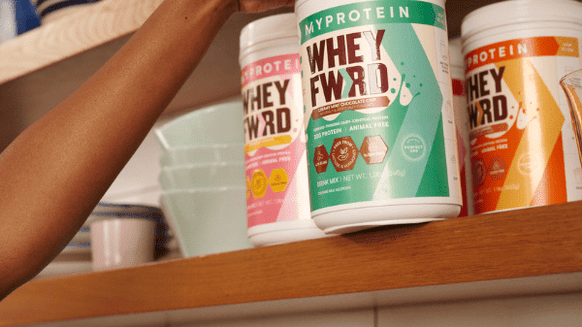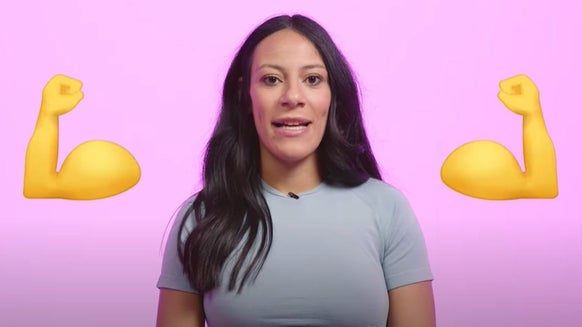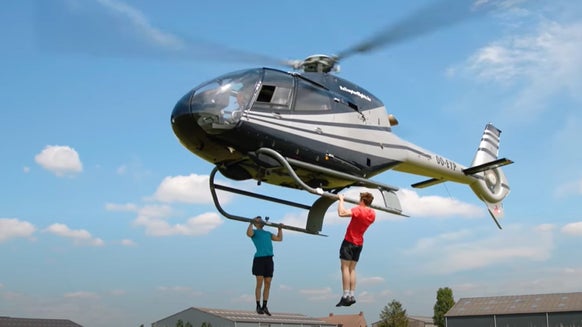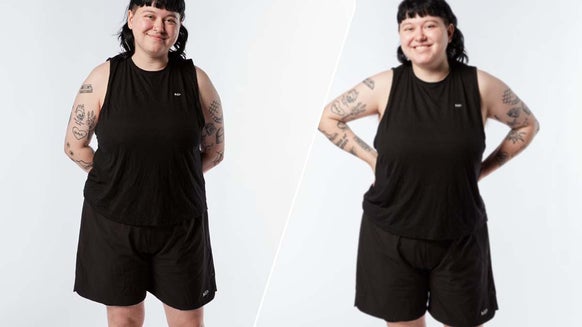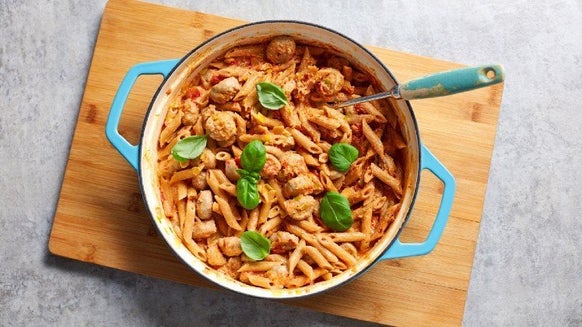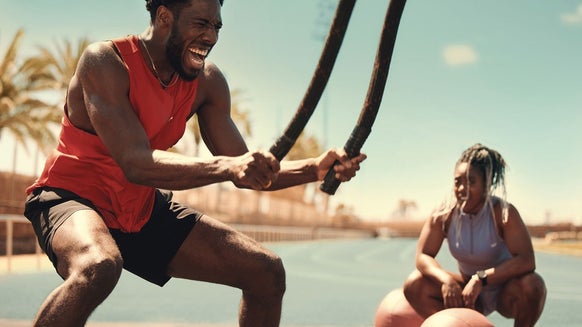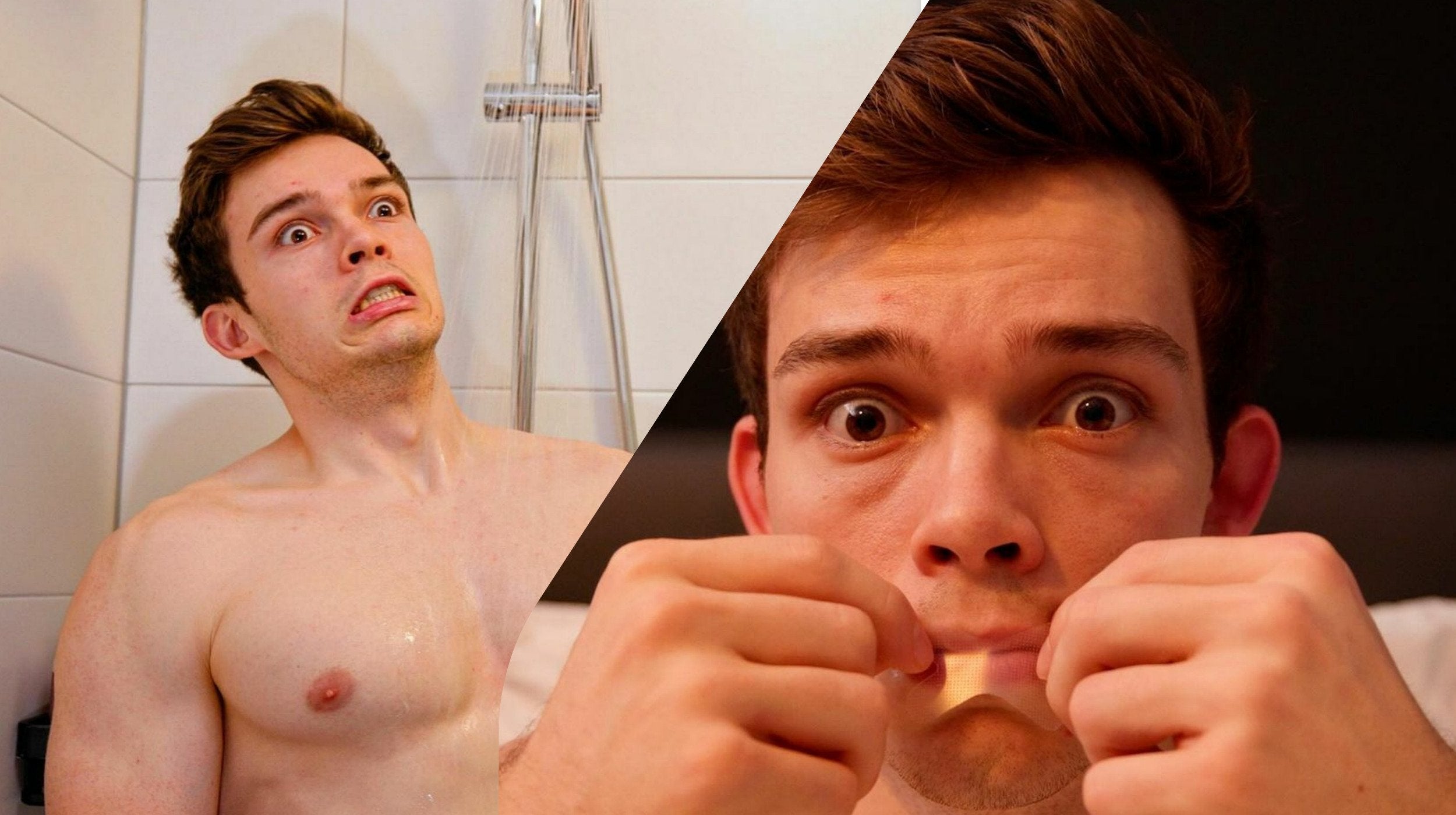
What would you do for beauty sleep?
In the pursuit of optimal sleep quality, fitness enthusiast and YouTuber Stan Browney embarked on a 10-day experiment, trying out a series of extreme sleep methods.
From embracing the freedom of sleeping in the buff to diving into the world of mouth-taping, Browney and his crew of YouTubers explored unconventional strategies, eager to uncover how they might influence overall well-being.
Let's dive into each method, breaking down its impact and sharing Stan's and his friends' experiences along the way.
Sleeping Naked
The method
Stan opted for an au naturel approach to investigate how sleeping in the buff influences sleep quality.
The science behind it
The concept behind sleeping naked revolves around optimizing the body's core temperature. This practice facilitates a quicker cooling of the core temperature, a factor linked to improved sleep.
Worth trying?
Yes—Browney expressed that, despite initial challenges to fall asleep, the experiment led to a better night of rest.
He also noted that while it took some getting used to, the freedom of sleeping without clothing resulted in a sense of liberation and potentially contributed to faster sleep onset.
His three friends Arjen, Jorg, and Koos also seemed to sleep well with this method. Koos especially as he’s been doing this method religiously for years.
Mouth Taping
The method
Stan applied mouth tape just before bedtime, aiming to encourage nose breathing during sleep.
The science behind it
Mouth taping operates on the principle of promoting nose breathing, deemed a superior method for inducing relaxation and achieving better sleep.
Worth trying?
Maybe—Browney acknowledged that mouth taping could work well for those who already breathe through their noses. However, he also highlighted challenges faced by some of the other participants, suggesting that its effectiveness may vary.
Arjen, Jorg, and Koos had different experiences with it, Arjen slept fine but lost the tape when he woke up, same with Jorg. But Koos slept the worst out the three as he couldn’t breathe due to having a cold.
Individual comfort and adaptability play a significant role in determining whether mouth taping is a suitable method to explore for improved sleep quality. If you think it could work for you, give it a go and find out.
Hot & Cold
The method
Stan subjected himself to a one-minute blast of the coldest his shower could go, followed by an immediate switch to a hot shower. This process was repeated three times, totalling six minutes of contrasting temperatures.
The science behind it
This method hinges on the concept of thermoregulation, leveraging temperature shifts to communicate with the body's natural sleep-wake cycle.
As Browney pointed out in his video, "the deep relaxation following a contrast water therapy session can enhance sleep quality, contributing to overall wellness and recovery."
Essentially, the drop in body temperature about an hour before sleep signals to your body that it's time to go to bed.
Worth trying?
Yes—Browney and the other participants unanimously praised this method, attributing it to longer periods of restorative sleep and an overall deeper slumber.
All three of his friends also agree on the effectiveness of this method as they all slept great.
Stretching Before Bed
The method
Stan integrated the stretching into his bedtime routine, dedicating around 20 minutes to a stretching session before calling it a night.
The science behind it
Engaging in pre-sleep stretching is believed to boost blood flow, alleviate muscle tension, and positively influence muscle recovery.
The guided routines offered by the stretching app ensured participants followed a sequence targeting various muscle groups, potentially fostering relaxation and improved sleep.
Worth trying?
Yes — Browney and the other participants found the stretching app beneficial for winding down before bedtime. Incorporating a stretching routine may contribute to improved sleep quality, making it a worthwhile practice for those looking to enhance relaxation and mobility.
His friends all agreed that it was a nice way to wind down and the combination of the exercises and the noises and voice of the video and presenter made them quite sleepy.
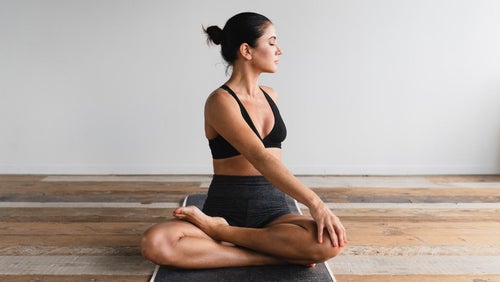
8 Great Hamstring Stretches To Combat Tight Thighs
Simple stretches to try at home....
Melatonin Pill
The method
Browney took a pill of melatonin, a natural hormone that plays a role in managing your sleep-wake cycle, just before bed.
The science behind it
Melatonin is a hormone that regulates the sleep-wake cycle. While melatonin supplements are commonly used to address sleep issues, individual responses can vary.
The unexpected side effects experienced by Browney highlight the importance of exercising caution and consulting with a healthcare professional before using such supplements.
Worth trying?
No, and yes—Browney experienced unexpected side effects, including a rapid heartbeat and grogginess upon waking, which raised concerns about its suitability for everyone. However, his friends that also participated had a great sleep.
The consensus? Melatonin should only be used by people who really need it. You should always consult with a healthcare professional before incorporating supplements to help you sleep.
The Military Method
The method
Browney initiated the military method by settling into a comfortable position, systematically relaxing each muscle in his body from his face down to his feet. Deep breaths accompany this relaxation, coupled with visualizing a peaceful place or scenario.
The science behind it
The military method is designed to help soldiers fall asleep in under two minutes in less-than-optimal sleeping conditions through proven sleep relaxation techniques like deep breathing and progressive muscle relaxation.
Worth trying?
Yes—in Stan's words, "Next time I struggle falling asleep, this is the method I will try 100%."
Arjen and Jorg were very positive about the method as it helped them unwind by un-tensing their bodies, but Koos wasn’t so positive and expressed his skepticism toward the method.
Those who usually have no problem falling asleep were unsure about the military method. However, those who often struggle to sleep found it effective.
So, if you're someone looking for a faster way to achieve restful sleep, the military method could be a promising option to consider.
Reading before bed
The method
Browney explored the calming effect of reading—Harry Potter, to be specific, before bedtime.
The science behind it
Reading before bed is a well-acknowledged method for winding down, calming the mind, and diverting attention from stressors. The calming effects of engaging with a good book contribute to relaxation, potentially speeding up the onset of sleep.
Worth trying?
Maybe—Browney endorsed the practice of reading before bed as a means of enhancing relaxation and creating a calming bedtime routine but noted that he experienced vivid dreams that might have led to lighter sleep.
The other participants were very happy with the results too saying “After like 15 minutes, I wanted to sleep”.
All in all, while individual responses may vary, incorporating a soothing activity like reading can be a positive addition to a sleep routine.
White noise
The method
Browney explored the use of white noise by turning on a noisy diffuser to drown out external noises and create a conducive sleep environment. He also noted that you can use a speaker, your phone, or earpods to play white noise.
The science behind it
White noise is a steady sound that masks disruptions, promoting a soothing auditory backdrop. It aids relaxation by minimizing external disturbances and contributing to improved sleep quality.
Worth trying?
Yes—Browney and participants found white noise effective for better sleep. If you want a more peaceful and uninterrupted night, adding white noise to your sleep routine may be a helpful strategy.
Even Koos, or as Arjen, Jorg, and Browney call him,“Mr. Skeptical”, had nothing but praises for the method, and Jorg has been using it for a long while anyway.
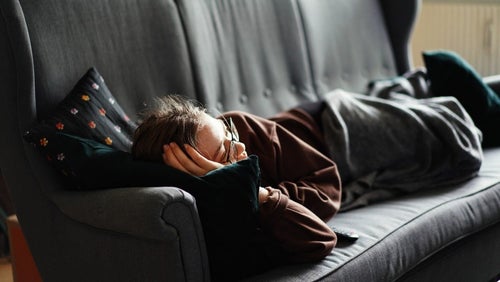
Short Naps Don't Make Up For Sleep Deprivation, Study Claims
Slow-wave sleep has been linked to improved performance....
478 Breathing Method
The method
Browney explored the 478 breathing method, which involves specific breathing patterns to induce relaxation and facilitate faster sleep onset. While initially challenging, the technique proved effective once mastered.
The science behind it
Designed to activate the body's relaxation response, the 478 breathing method manipulates the breath. By exhaling longer than inhaling, individuals engage the parasympathetic nervous system, promoting a sense of calm and aiding in the transition to sleep.
To do this method, you breathe in for four seconds, hold for seven, and exhale for 8. Repeat this until you start to feel the effects.
Worth trying?
Yes—Browney recommended giving the 478 breathing method a shot, saying it's worthwhile for the relaxation benefits it provides, which would potentially contribute to improved sleep quality.
His friends were happy with it, but all agreed that the military method was much more effective when it comes to a breathing method.
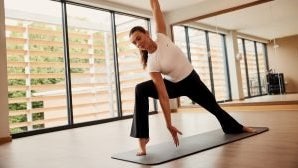
How Yoga Aids Stress Relief | Yoga Relaxation Techniques
And the brand-new Composure line....
Milk and cookie routine
The method
Browney warmed up a glass of milk and paired it with a high-protein cookie right before bed.
The science behind it
The routine incorporates warm milk for its potential soothing effects, and a cookie as a small, comforting snack. The combination aims to create a relaxing bedtime ritual that signals the body it's time to wind down.
While there isn't any hard evidence behind this method, it is used as a before-bed routine by many families.
Worth trying?
Maybe—Results were mixed among participants, suggesting that individual preferences and responses play a significant role. Personalizing bedtime rituals to suit one's comfort and preferences may contribute to the effectiveness of this routine.
Plus, it’s always great to get a boost of protein in before bed.
Take home message
Browney's 10-day sleep experiment serves as a reminder that there is no one-size-fits-all solution to achieving optimal sleep quality.
While some methods showed promise, individual preferences and physiological differences play a crucial role. It's essential to experiment cautiously, incorporate what works for you, and prioritize a consistent sleep routine for overall well-being.
READ THESE NEXT:
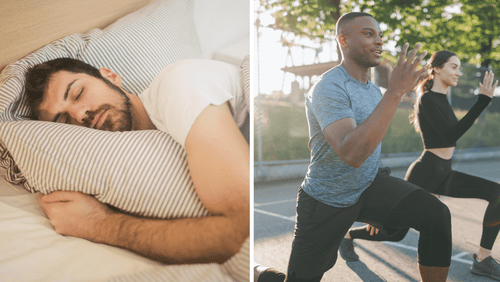
The Two-Way Relationship Between Sleep & Exercise
See how sleep and exercise influence each other, and how to reap the benefits fr...

Short Naps Don't Make Up For Sleep Deprivation, Study Claims
Slow-wave sleep has been linked to improved performance....


